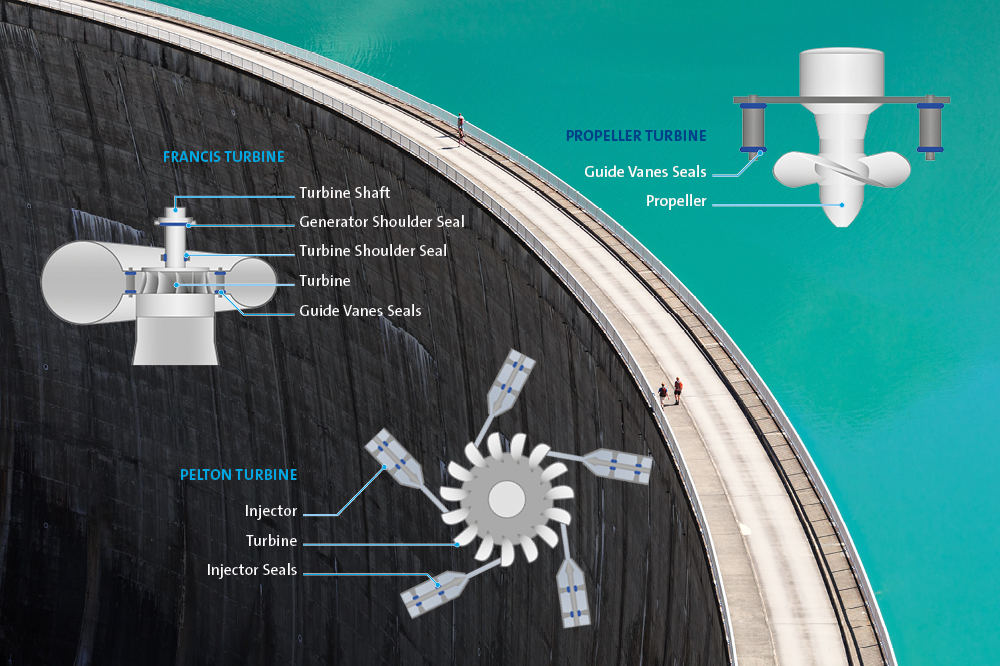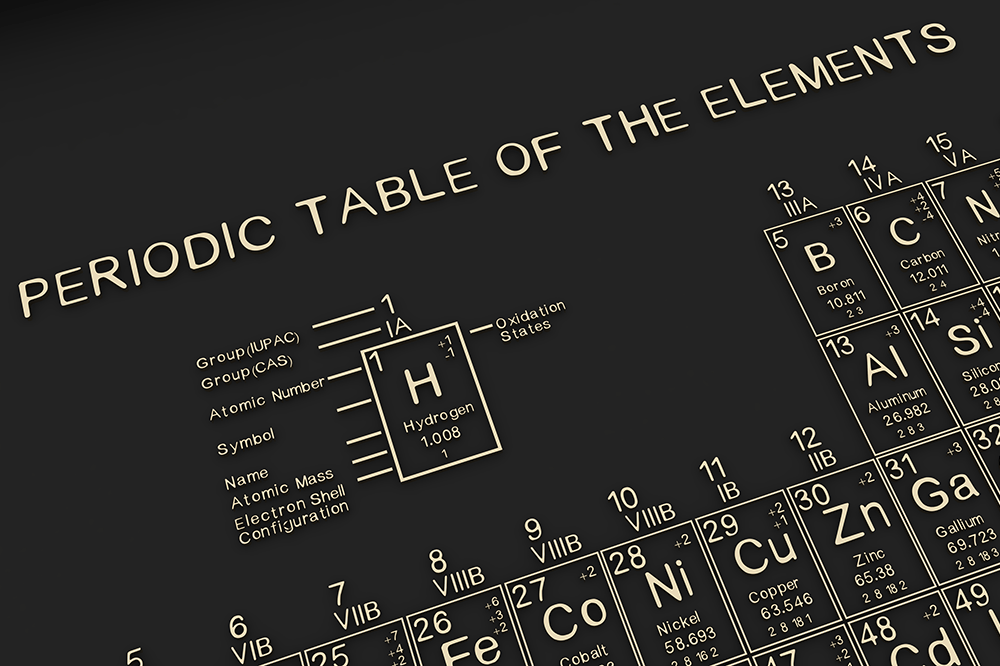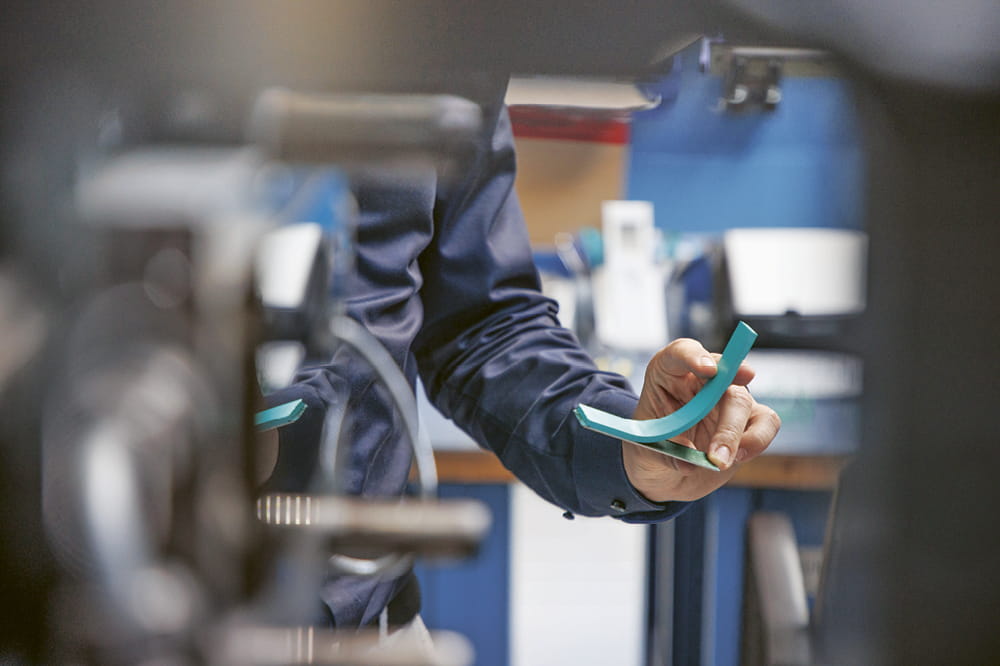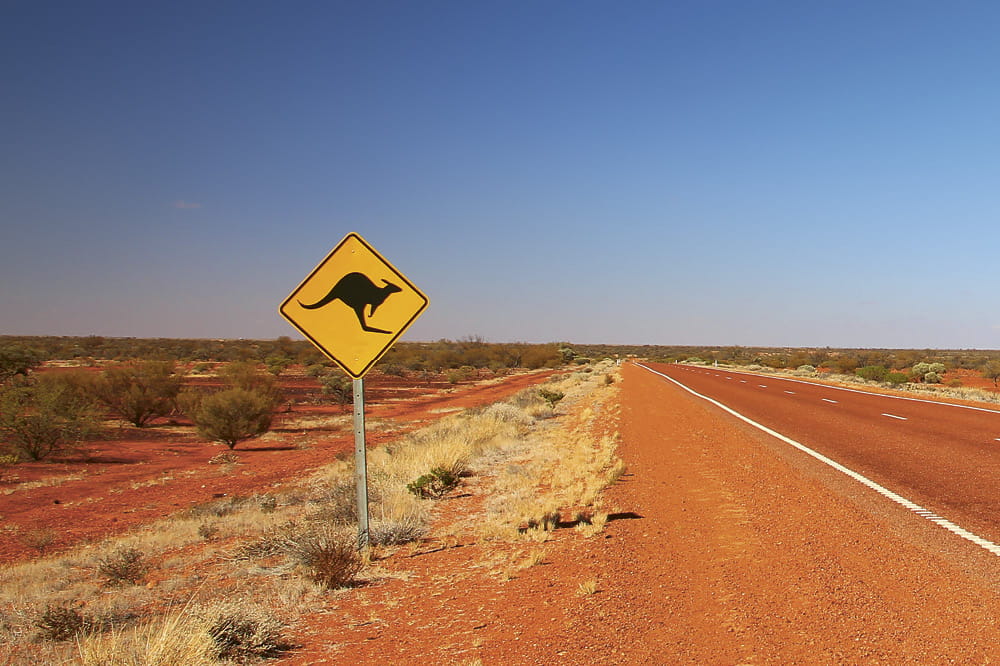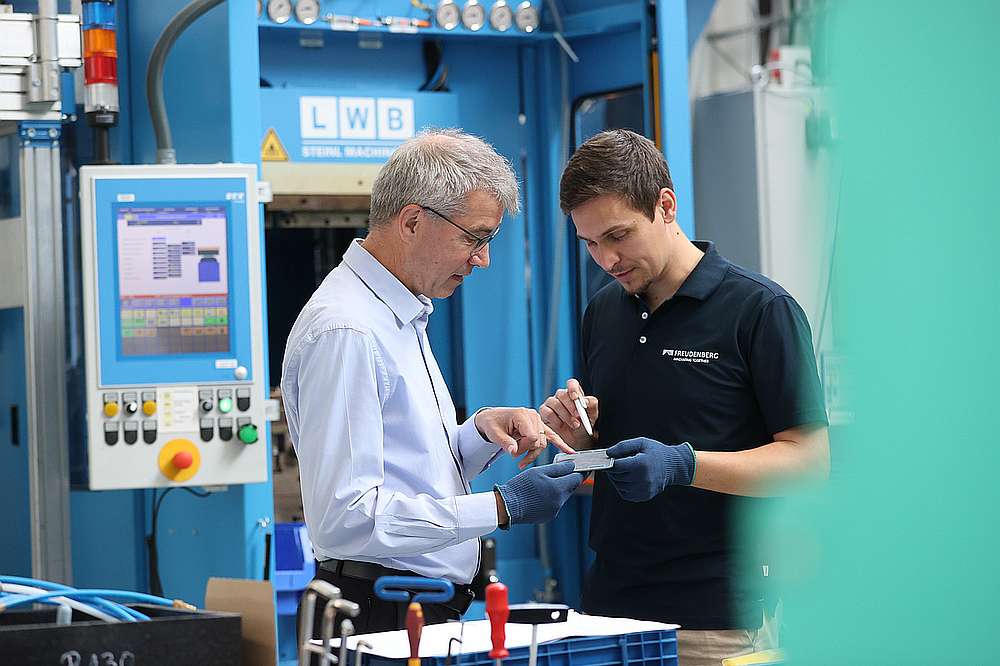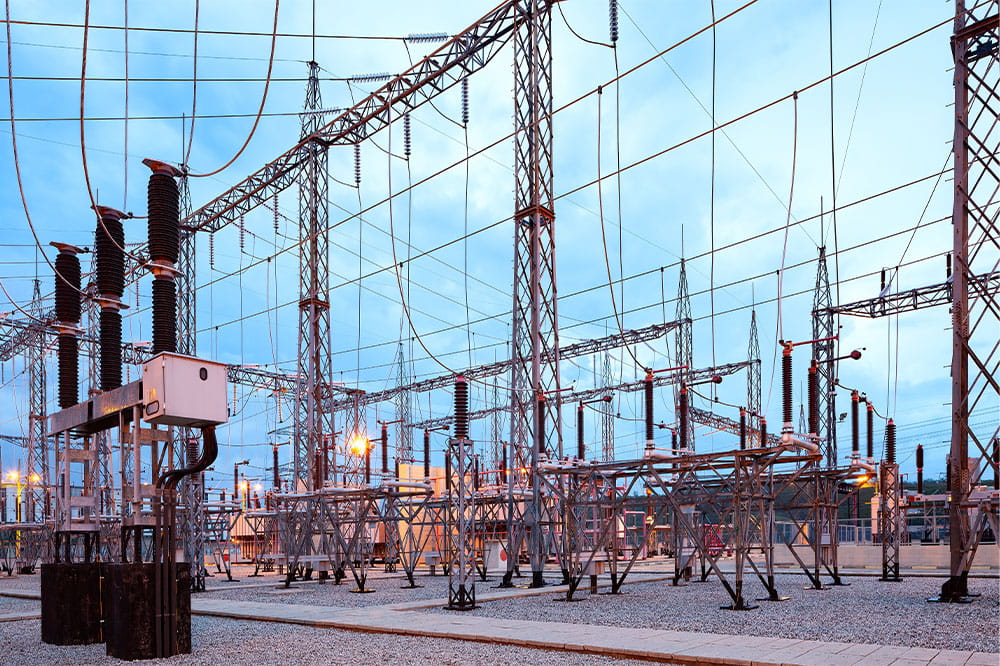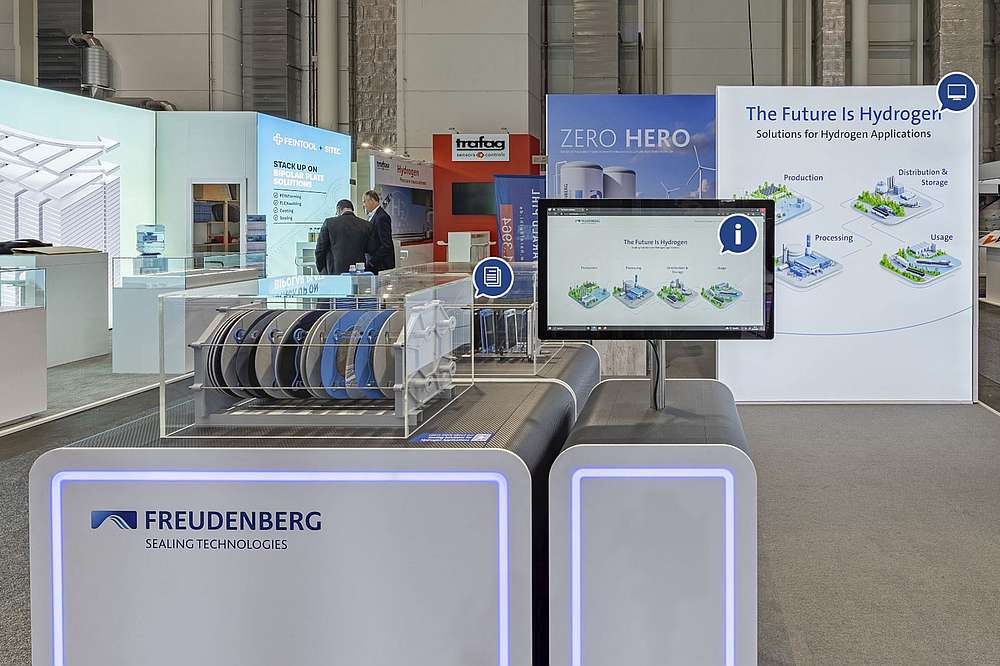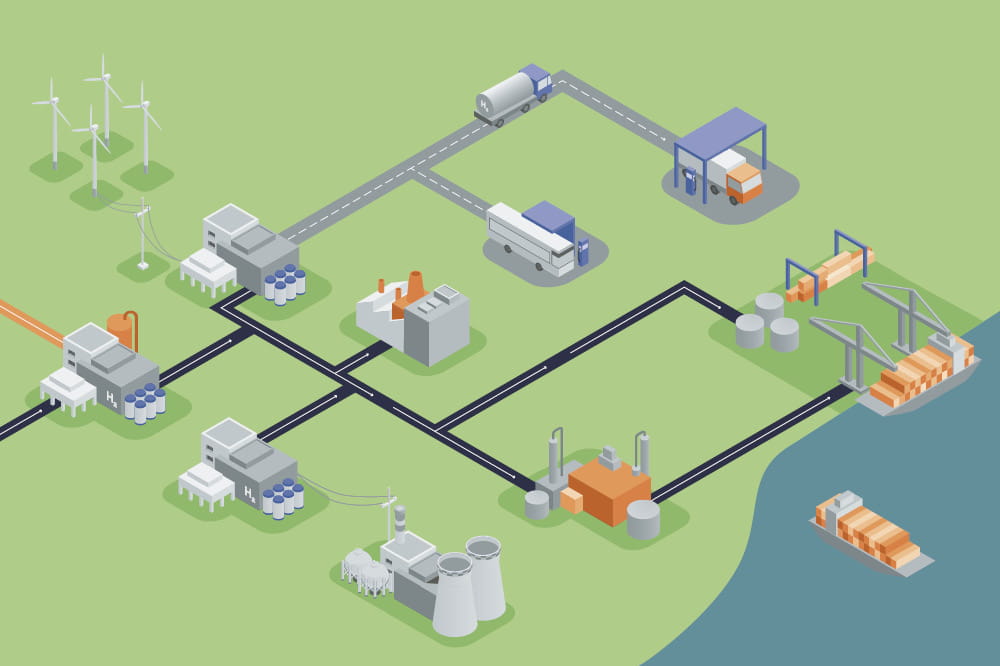Obtain news and background information about sealing technology, get in touch with innovative products – subscribe to the free e-mail newsletter.
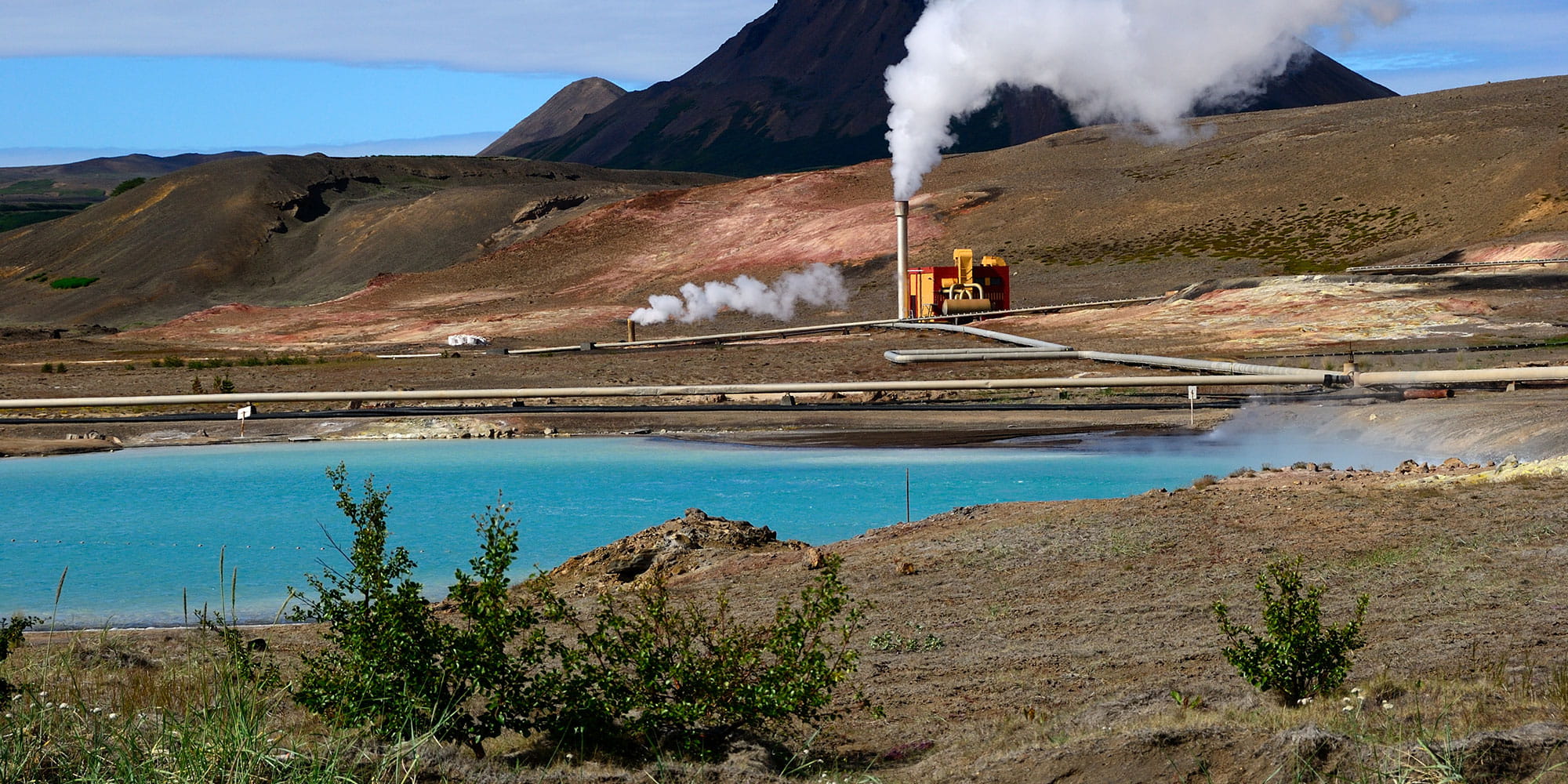
23.01.2018 | Story
Much More than Hot Water Vapor
When people talk about renewable energy, at least in Germany, they are often referring to wind power and solar energy. But Iceland produces its entire energy supply from two other energy sources: hydropower and geothermics. In the latter case, the island nation intends to pursue new, even higher-yield, solutions.
Geothermal energy is used throughout the world. But at just 1 percent in 2014, it only plays a subordinate role in the international energy mix. But if things go as the Icelandic Deep Drilling Project (IDDP) envisions, the prospects for geothermal energy will seem quite different. Funded with the equivalent of millions of euros by energy suppliers and international companies, the project has taken the search for much higher-performing geothermal energy to extremes – or, to put it another way, to unprecedented depths.
The Objective: Supercritical Water Vapor
Geologically speaking, Iceland lies at the intersection of two continental plates and is riddled with volcanoes – about 200 in all. So the initial situation is favorable for exploiting geothermal energy. The IDDP project intends to benefit even more fully from this special configuration. It aims to bore kilometers down to just above the magma layer. There it expects to encounter stone containing supercritical water vapor, characterized by very high temperatures and a special consistency. It is not really liquid, but is much denser than steam due to the unusually high pressure at these great depths. This makes it enormously rich in energy. If it were possible to tap into this water vapor, it is estimated that the yield could be up to 50 megawatts – or 10 times the energy of normal geothermal projects so far. Fifty-thousand households could be supplied with electricity at one stroke.
Borings Are Definitely Entering New Territory
But the enterprise is anything but simple because the engineers and researchers are certainly heading into new territory. The first attempt failed when the borehole collapsed. During the second attempt in northeast Iceland, the drill descended down to a magma field, reaching it sooner than expected. The borehole was not capped. Instead, it was filled with cold water after it was able to be controlled. In this way, the project was able to extract very hot steam – it had an intensity that had never been achieved before. The circuit was maintained over several months until a technical defect and problems with the borehole brought an end to the experiment. Moreover, they did not succeed in reaching supercritical water vapor, the actual goal of the test.
Successful in the Third Attempt
The latest test, IDDP 2, was launched in August 2016 in the southwest portion of the island. By the end of January 2017, the boring had reached a depth of 4,650 meters. The temperature above the targeted magma field was 427 °C, and the prevailing pressure was 340 bar. It was no less important that the rock was permeable to water, which pointed to the incidence of the desired water vapor. The project was successful: It is feasible to tap into extremely energy-rich supercritical water vapor, making it possible for a single boring to supply many more households with energy than would be possible in the current circumstances. A number of calculations assume that three to five of these boreholes would be sufficient to supply Iceland’s capital Reykjavík with electric power and hot water.
Issues Still to Be Clarified
The degree to which this represents a suitable solution for the future is still an open question for now. A plan of this kind is extremely expensive. Due to the great heat, the drill must be constructed of an especially robust material and be continually cooled. Moreover, the bore shafts have to be lined with concrete to prevent the borehole’s collapse, which occurred in the first test. Additional empirical values for borings above magma fields still need to be collected. So far it is still unclear whether – and what – side effects occur in the process of tapping into heat energy from such great depths. In addition, how expensive is it to keep a borehole extending kilometers into the earth continually in operation in light of the high temperatures and pressures? As they move forward, engineers and geologists want to test how well the energy-rich water vapor can be controlled before it actually can be used efficiently. It is ultimately not just Iceland that would come under consideration for such energy extraction – so would other volcanic areas, such as those around the Pacific. If supercritical water vapor could become a reliable source of energy, geothermics would become an important factor in the global energy mix.
More news on the subject Sustainability

Join Us!
Experience Freudenberg Sealing Technologies, its products and service offerings in text and videos, network with colleagues and stakeholders, and make valuable business contacts.
Connect on LinkedIn! open_in_new